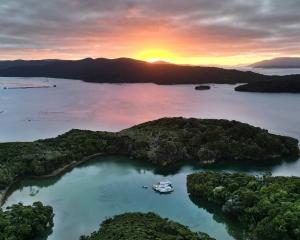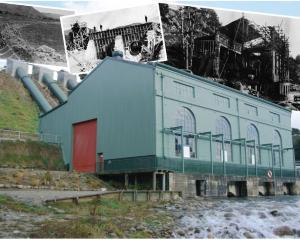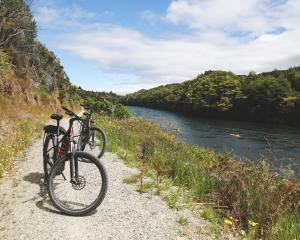
New Zealand Aluminium Smelters (NZAS) in a statement yesterday said there was a limited risk to marine ecology and no increased risk of health effects for people who came into contact with sediment and surface water or eat seafood in the surrounding coastal marine area.
NZAS engaged consultants GHD to complete extensive testing in and around the Tiwai smelter site to further build on the findings of a detailed site investigation undertaken in 2021 to establish baseline indicators for the site.
The purpose of the report and the investigations was to understand discharges occurring from the smelter and to determine whether these were having an adverse effect on the ecology of the coastal marine area environment or people using the coastal area for recreation and food gathering.
The report said there was no increased risk of health effects from the smelter and its operations for people who come into contact with sediment and surface water within the coastal marine area or consume seafood inhabiting near-shore areas of the coastal marine area.
There was a limited risk to marine ecology related to discharges from the landfill.
While localised effects on aquatic organisms were plausible, elevated concentrations of copper found in marine water near the landfill were unlikely to have a measurable long-term effect.
Elevated copper concentrations were evident in water quality samples from numerous locations around Bluff Harbour, including other locations distant from the NZAS smelter, indicating secondary sources.
Three drains were the primary pathway for contaminant transport towards the coastal marine area.
Within the vicinity of the north drain discharge point, adverse effects to aquatic organisms were plausible, but once discharge reached the coastal marine area, beyond the drain water mixing zone, there was a low risk of measurable adverse long-term effects on aquatic organisms.
The studies undertaken by GHD since 2021 supported the findings of previous studies released in 1995 and 2006 that discharges from NZAS drains were having a limited impact on marine species within the coastal marine area.
NZAS chief executive Chris Blenkiron said the company was pleased with the findings of the report, as they provided confidence the company was implementing effective actions to mitigate the smelter’s environmental impact.
"But it also provides us with clarity around where we can look to do better," he said.
"Tiwai is more than 50 years old, and we acknowledge that our practices haven’t always met expectations, but we’ve worked hard to improve our environmental record and this report confirms we’re doing the right things."
NZAS is owned by Rio Tinto (80%) and Sumitomo Chemical Company of Japan (20%).













